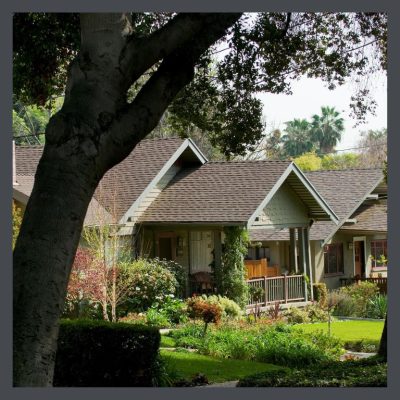 INTERIOR DESIGN FOR A CRAFTSMAN HOUSE -More Elements
INTERIOR DESIGN FOR A CRAFTSMAN HOUSE -More Elements
One of the things that I love the most about the interiors of A&C homes is that though similar, each one is made distinct by the choices made in playing various design elements, one with another. Visiting the homes of Bungalow Heaven on its annual tour is a great example of this. The houses, one to the next are highly distinct, while their similarities contribute to the allover character of the neighborhood. These elements are all crucial in planning the interior design for a Craftsman house- its functionality & its charm.
So let’s continue our look at the parts/basics/rudiments of creating visual harmony, a continuation of those elements from Part 2., & how they relate to your bungalow. Differing uses of each design element make each interior wholly itself & part of the fun is in identifying those unique bits.
USE OF LINES IN INTERIOR DESIGN FOR A CRAFTSMAN HOUSE
Lines help to delineate the space in a room & guide the eye. Using lines, you can change the perceived space of a room, you can direct attention to your focal point & tell a visual story by directing attention.
Horizontal lines give a sense of solidity, stability & efficiency. You do not have to look far in the Arts & Crafts Movement to see horizontal lines. The work of Frank Lloyd Wright, the Greene Brothers & Stickley all emphasize the horizontal, expressing a turning away from the frivolity of the previous era. Our bungalows exteriors are defined by their low, horizontal shapes.
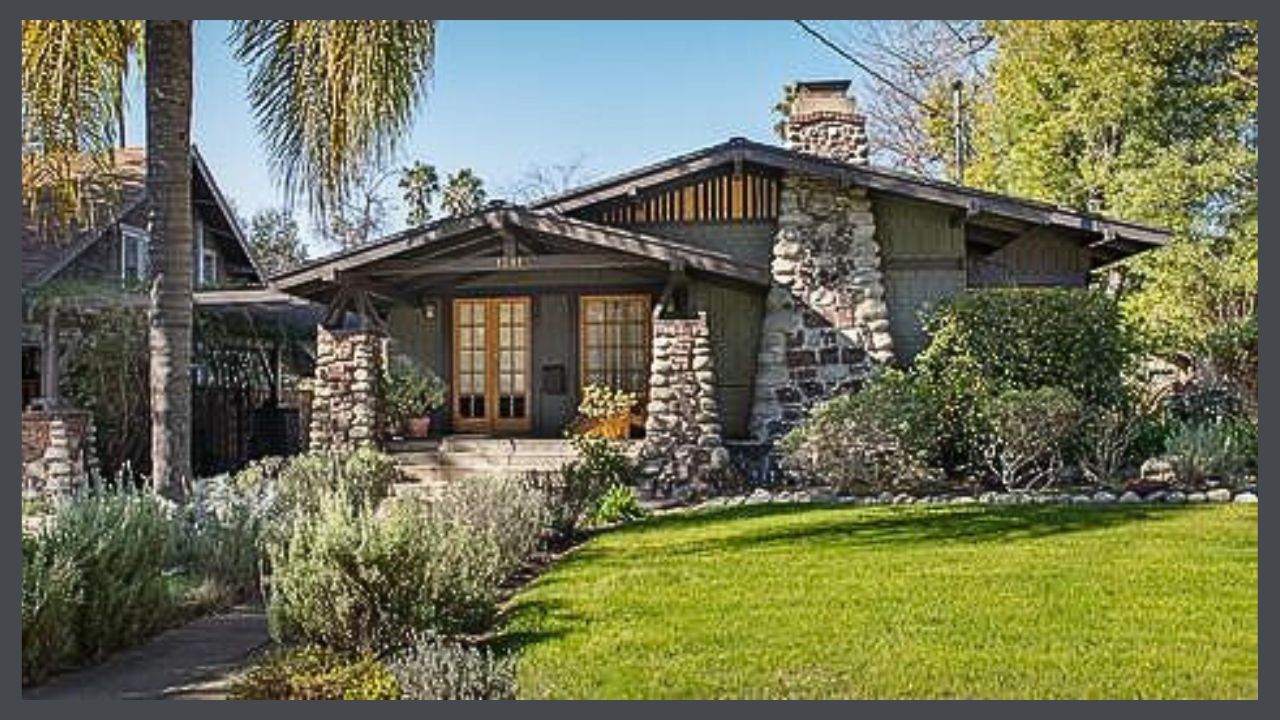
Vertical lines inspire a sense of freedom & strength- think churches of all periods.
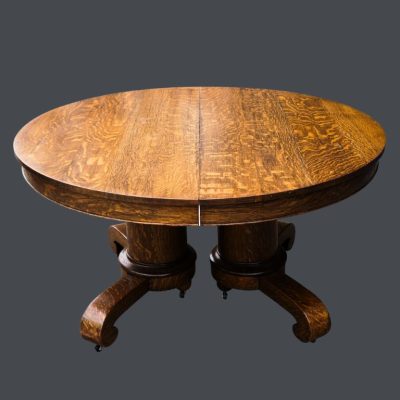 Dynamic lines create a feeling of energy & movement. These lines are found most often in the arts & crafts of the Movement, in the portrayal of nature. Pottery, textiles & metalwork feature provide a flowing contrast to the often bulky feel of furniture typical to the period. The juxtaposition of these elements with the horizontal lines of the furniture create interest in a room.
Dynamic lines create a feeling of energy & movement. These lines are found most often in the arts & crafts of the Movement, in the portrayal of nature. Pottery, textiles & metalwork feature provide a flowing contrast to the often bulky feel of furniture typical to the period. The juxtaposition of these elements with the horizontal lines of the furniture create interest in a room.
Another place that you find dynamic lines is in the wood grain of the furniture, the flooring & the built-ins. Quartersawn, or Tiger Oak is used heavily in Craftsman furniture, creating its own subtle, dynamic flow of life within the pieces themselves. The graining of the beautiful flooring of Tiger Oak, Douglas Fir or Maple add more of the natural world to the home & several woods, each with their own dynamic grain lines, are often mixed in a house, with flooring of one species, & built-ins of yet another or others.
THE ELEMENT OF FORM IN BUNGALOW DESIGN
Form, a 3-dimensional geometric figure (a cube, a sphere, a cylinder or cone, etc.) as opposed to a shape (a square, a circle, a triangle, etc.) which is 2 dimensional, refers to the shape of the room & any of the objects within it. Shapes are considered to be either geometric, which create a sense of order & structure, or natural/organic which provide movement & fluidity. In the A & C house, we tend to see many geometric forms, in the shapes of the rooms themselves, the furniture, the fireplace, built-ins, the windows & doors. The organic forms of cushions, pottery, pillows, the draping of the window treatments, even the logs in the fireplace create an interesting counterpoint to the geometric objects which ground the space.
USE OF PATTERN IN THE PLANNING OF INTERIOR DESIGN FOR A CRAFTSMAN HOUSE
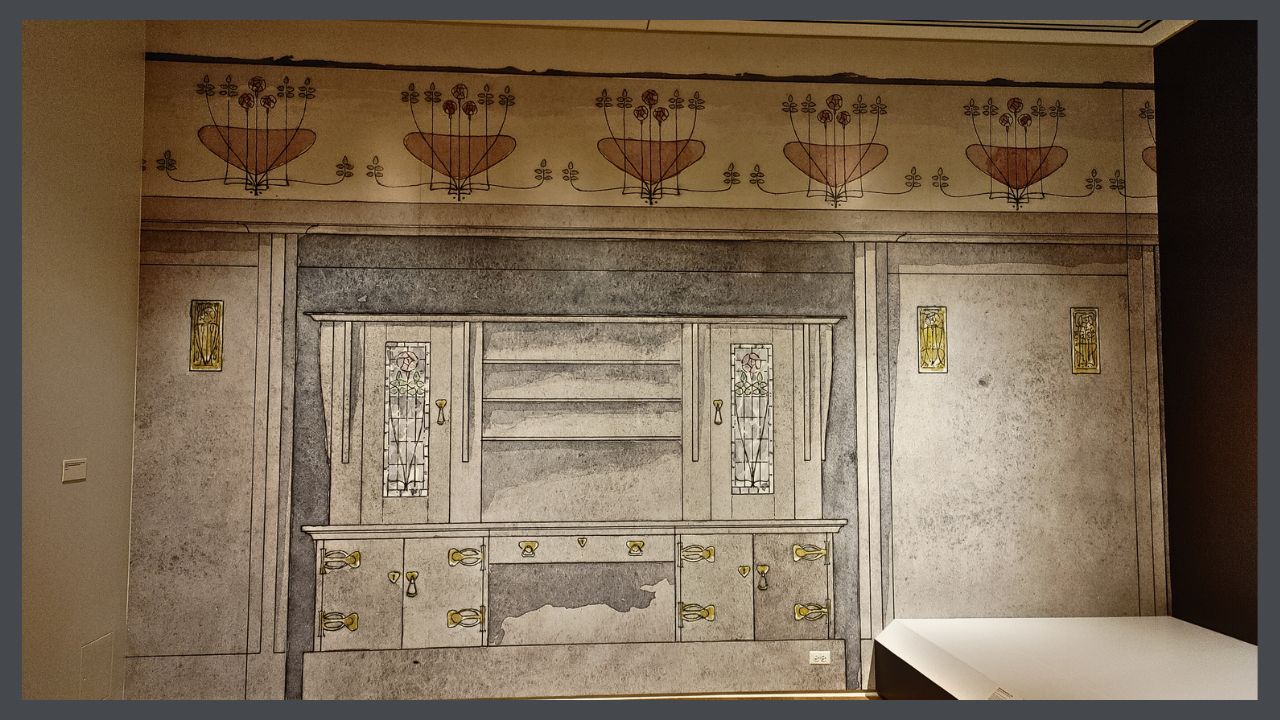
A pattern is a repeating (of shape, line or color) design. Think wallpaper or stencils.
Inspired by nature, the American Arts & Crafts Movement looks very different from that of the earlier, European aesthetic. William Morris was inspired by flowers, while Stickley was a great fan of the log cabin. Each of them based their concept of beauty on the natural world, but their interpretations are hugely dissimilar.
This cabinet rendering above, by Charles Rennie Mackintosh, shows how powerful a pattern can be as it sweeps the eye across the expanse of the entire wall.
THE USE OF TEXTURE IN CRAFTSMAN STYLE
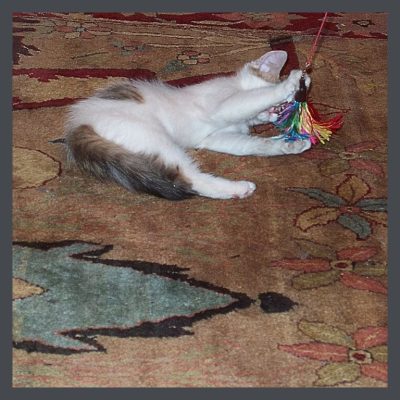 A home is an intimate space & tactile sensation, interpreted through the skin & the eyes is a key element in design.
A home is an intimate space & tactile sensation, interpreted through the skin & the eyes is a key element in design.
Visually, texture helps give a space dimension. Tactiley, it provides comfort or utility.
I love the look & feel of plaster walls with its soft look & imperfections. To me, textureless, flat drywall is hard & cold, machine made & cheap. I love how a wood floor feels under my feet. Linoleum has that nice hint of resilience & on a cold, winter morning, I’m happy to have a rug under my toesies.
Nubby linen curtains over built-in bookcases, flanking a tile fireplace. Smooth pottery with its soft matte glaze complimenting the heavily figured oak mantel. And kitty, playing with her toy on a rug. The natural materials of the Movement- wood, clay & fur, display their textures honestly.
USING COLOR IN YOUR BUNGALOW
 Colors are very powerful in setting tone & influencing mood in the interior design for a Craftsman house. You spend a great deal of time in your home & I think that you might need to review Part 1. THE FIRST VITAL STEPS, in which you considered your needs & wants for your home. Color choices for an invigorating home will be different from those of a home in which you are seeking peace & comfort. For example, the warm colors- red, yellow, orange- are going to stir the blood & are associated with passion. The cool colors are known to lower blood pressure & be calming & soothing. Both of these palettes are appropriate in an bungalow.
Colors are very powerful in setting tone & influencing mood in the interior design for a Craftsman house. You spend a great deal of time in your home & I think that you might need to review Part 1. THE FIRST VITAL STEPS, in which you considered your needs & wants for your home. Color choices for an invigorating home will be different from those of a home in which you are seeking peace & comfort. For example, the warm colors- red, yellow, orange- are going to stir the blood & are associated with passion. The cool colors are known to lower blood pressure & be calming & soothing. Both of these palettes are appropriate in an bungalow.
The subject of color is well covered in my PAINT series. I suggest that you read the complete series to get a full handle on general color theory A&C color in particular. Because the major paint manufacturers have provided us with historic palettes, many people have the idea that these are the only choices. They are so-o-o-o not.
Take a look at my Pinterest page which shows many fine examples of colors for the interior of your home.
Next, in Part 4., we are going to look at the principles of design- the guidelines for combining these elements when you are creating interior design for a Craftsman house
STAY IN THE BUNGALOW KNOW!!!
Sign up for our newsletter & receive our FREE E-book, 7 VITAL Things to Do Before You Hire a Contractor.




0 Comments